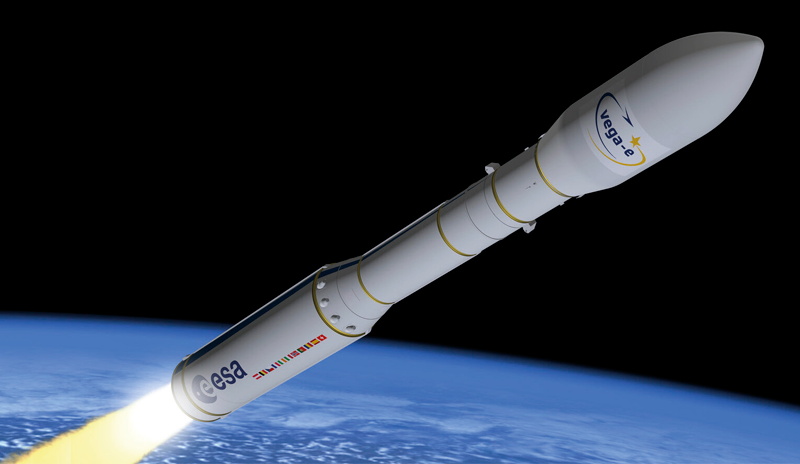Abstract
Whirlpool Corporation is the top major appliance manufacturer in the world: in 2015, it sold 70-million products in more than 170 countries. The company employs 97,000 people in 70 manufacturing and R&D centres and invests $1-billion in capital in its R&D centres annually. The company adopts an Original Equipment Manufacturing (OEM)/Original Design Manufacturing (ODM) approach for new business lines. Being a relative new-comer to the vacuum cleaner market, it is using the Hotpoint brand for the EMEA region, but still wanted to conduct a comprehensive performance analysis of the product’s key parts. This article describes how EnginSoft applied a Computational Fluid Dynamics (CFD) analysis, on behalf of Whirlpool EMEA, to simulate three different geometrical design modifications to the vacuum cleaner head to improve on a baseline performance that was modelled first. The objective of the study was to investigate the sensitivity of the system’s performance to geometric variations so that the best modification could be identified for further analysis to ensure that the product would satisfy Whirlpool’s product objectives of energy-consumption-regulation compliance, product performance and a pleasant user experience.
Read the article


